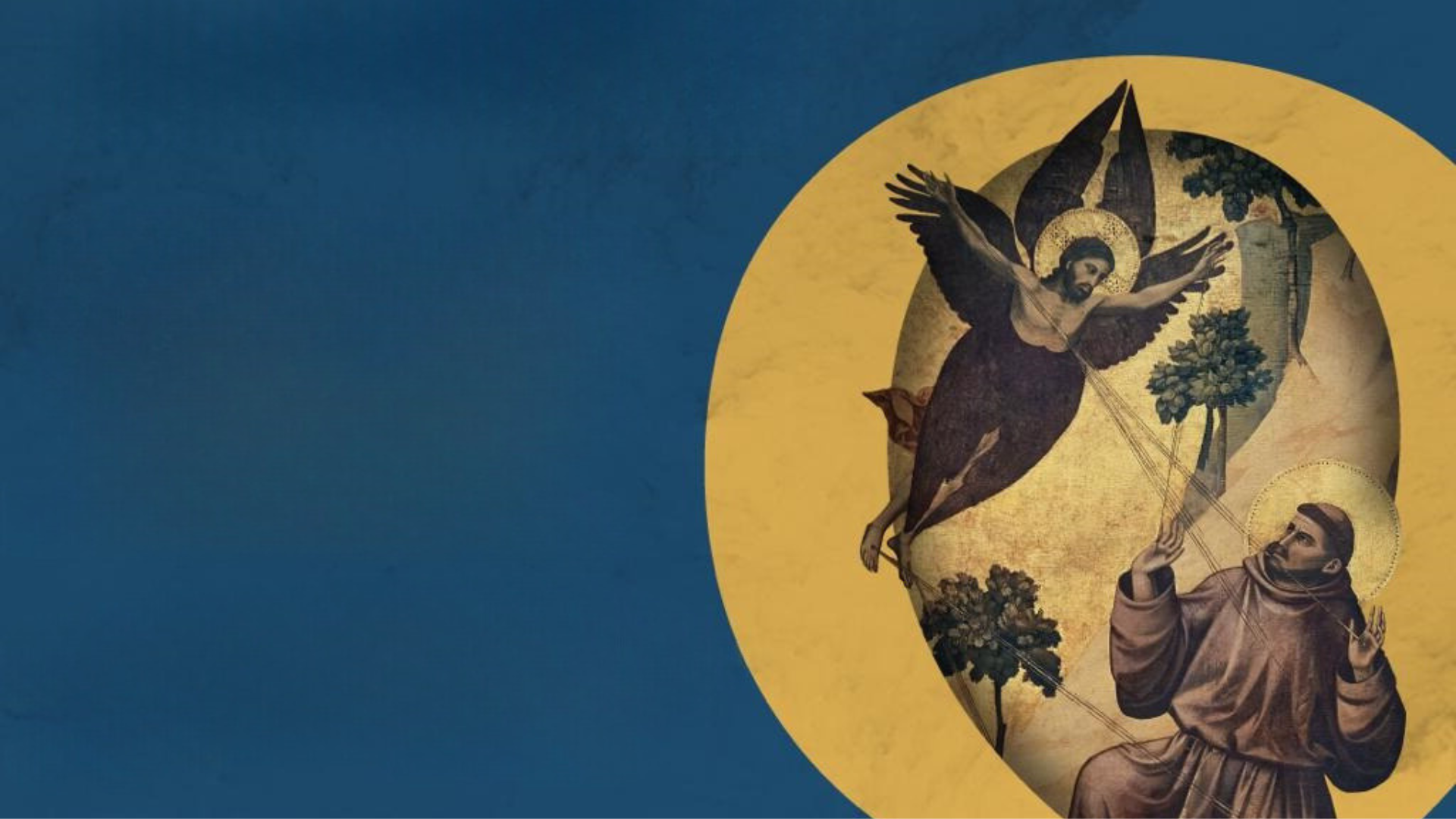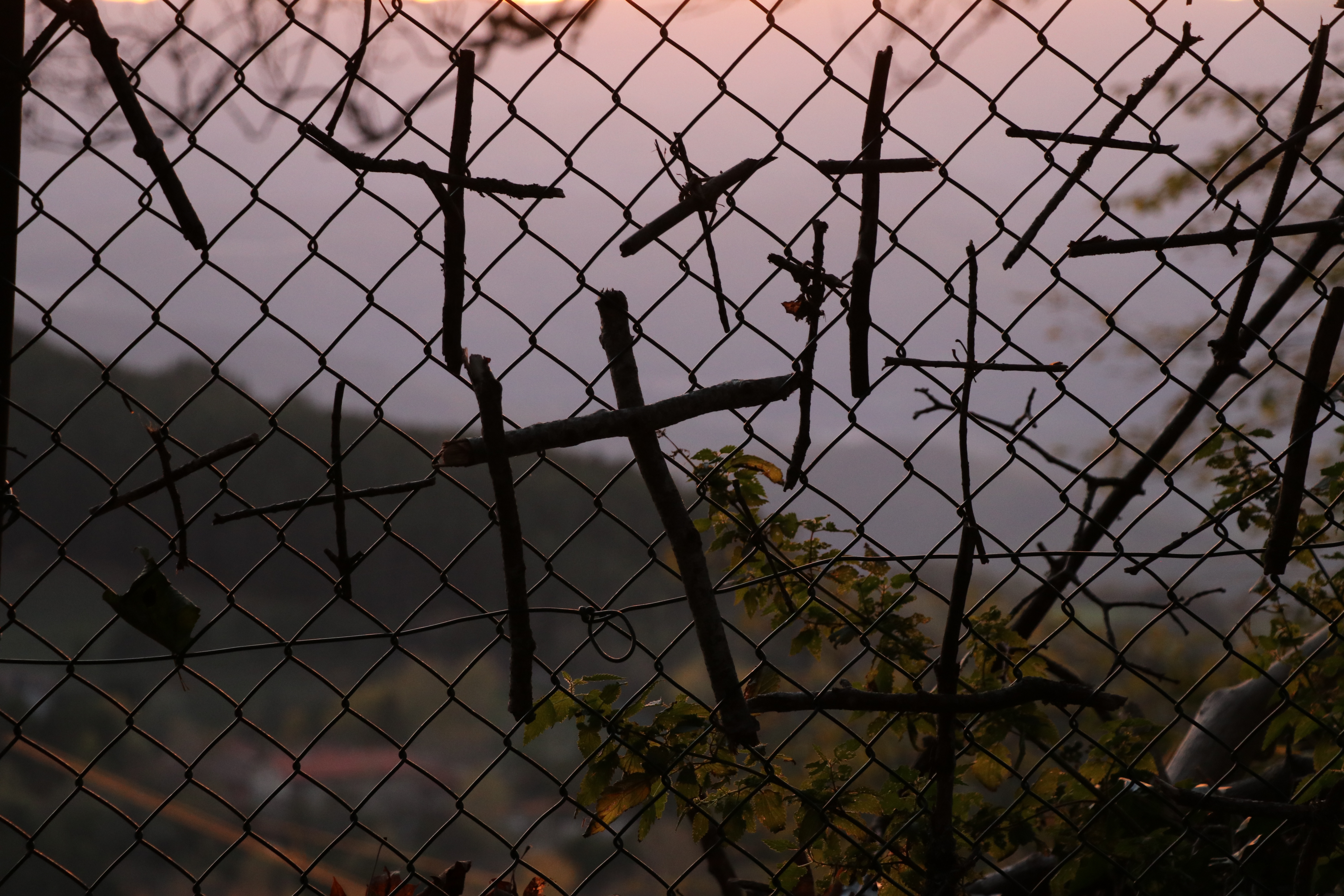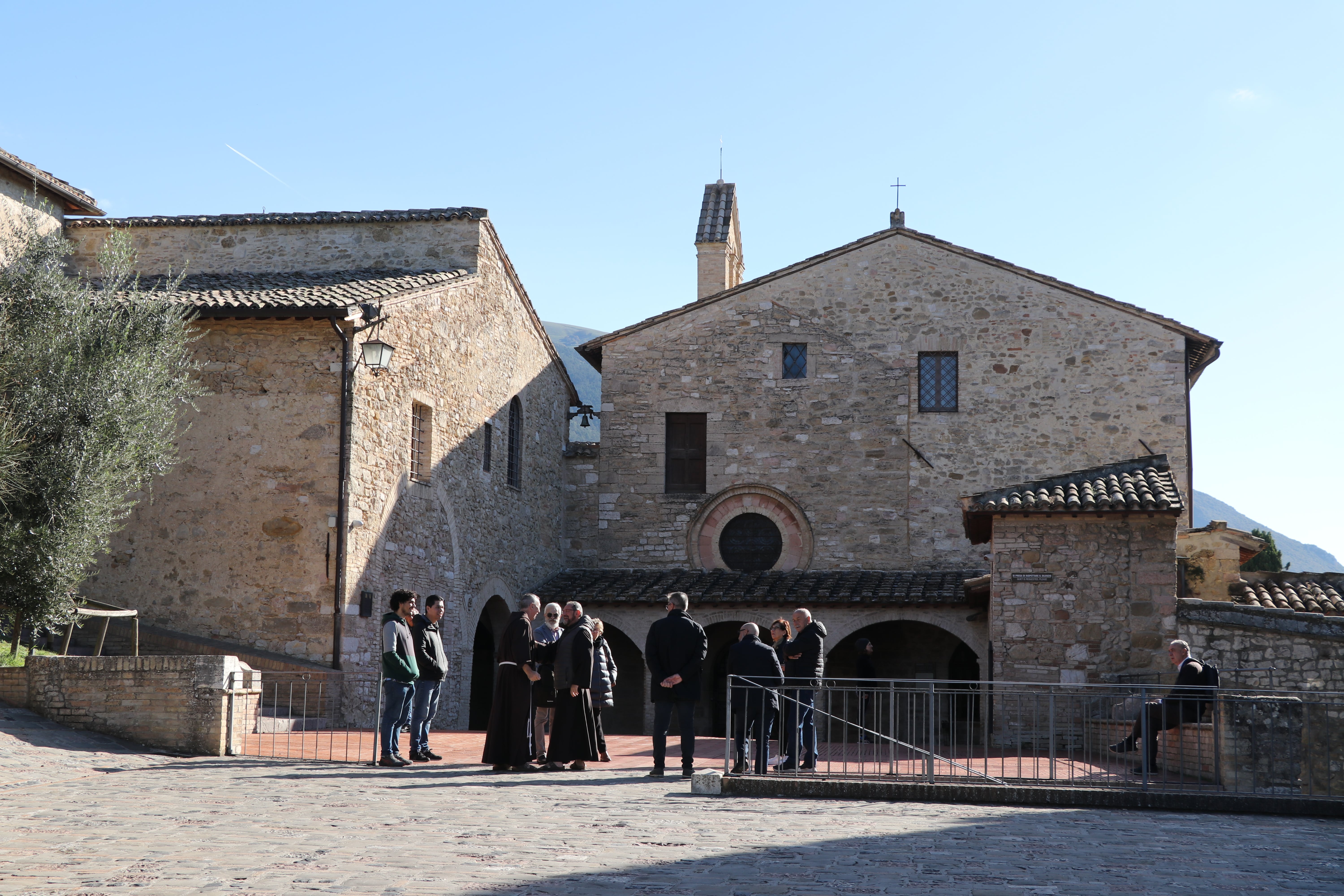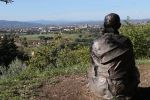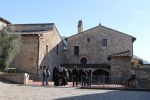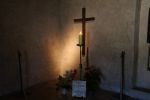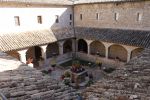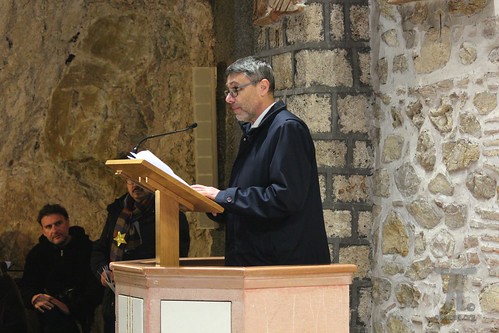St. Francis’ first biographer notes that while Francis was praying in the Church of San Damiano, just outside the city walls, he heard a call to repair the ruined church. Actually, Francis wanted to live according to the pattern of the Gospel by following in the footsteps of Jesus. He helped the Church, which was in crisis at that time, to experience true reform by pointing out with his life and words several questions that were unsolved.
Around 1206, after changing his life, there was a two-year period before he established his community of lesser brothers. During that time, Francis did penitential works and dedicated himself to the restoration of churches, including San Damiano, where St. Clare would take up residence in 1211. Although Clare was from a noble family, she and her community chose precarious lives of poverty in which they endured shortages of basic foodstuffs, such as bread and oil, and suffered diseases, enemy assaults, and even rat infestations. To remedy this, they were allowed to keep cats. Francis would visit there occasionally and stayed for a longer period in 1225. By then he was ill and going blind. It was at that time of particular suffering, transfigured by the paschal promise, that he composed the Canticle of the Creatures. In it, Francis praised the Lord for, and through, every created reality, starting with the sun, and alternating between masculine and feminine entities. He included an autobiographical verse in which he mentioned “those who bear infirmity and tribulation.” He also mentioned “those who give pardon” in order to reconcile the bishop of Assisi with the Mayor of Assisi, whose escalating conflict had become toxic to the entire town.
Ever since St. Francis’ canonization on July 16, 1228, which, significantly, was also the day that Innocent III died, the feast of St. Francis has been solemnly celebrated every October 4 at the Church of San Damiano. Clare herself celebrated it there for twenty-five years, with all the performative force of the liturgy. Strongly anchored to the memory of her beginnings, she refused any rule the popes might have imposed on her and very much insisted on a rule of her own. That rule was confirmed to her by Innocent IV on August 11, 1253, a few days before her death. Her body was taken inside the city walls to the Chapel of San Giorgio where her whole community would join it. Meanwhile, the Friars Minor lived at San Damiano where they continue to live today.

